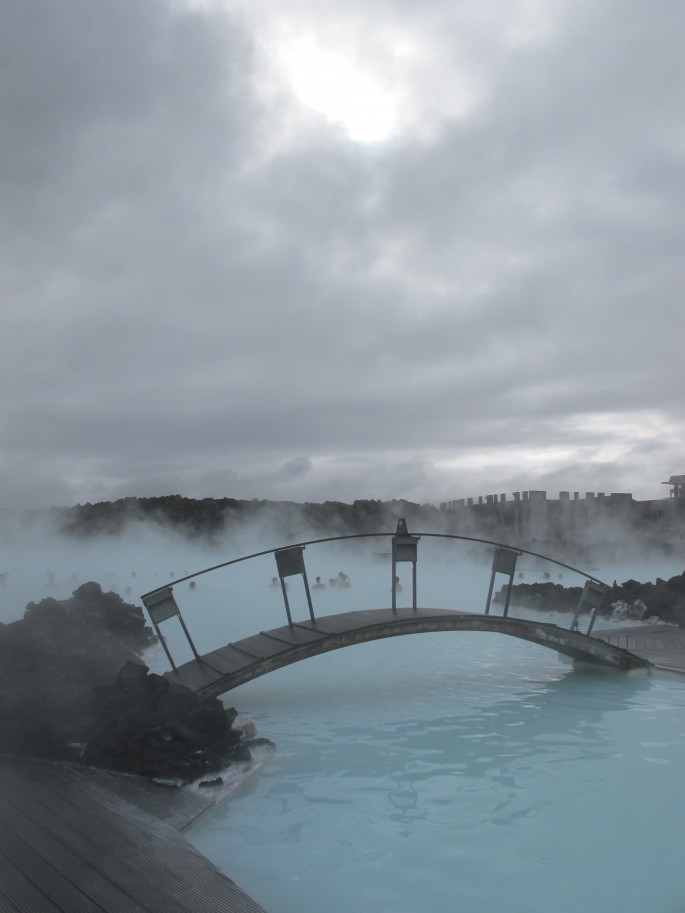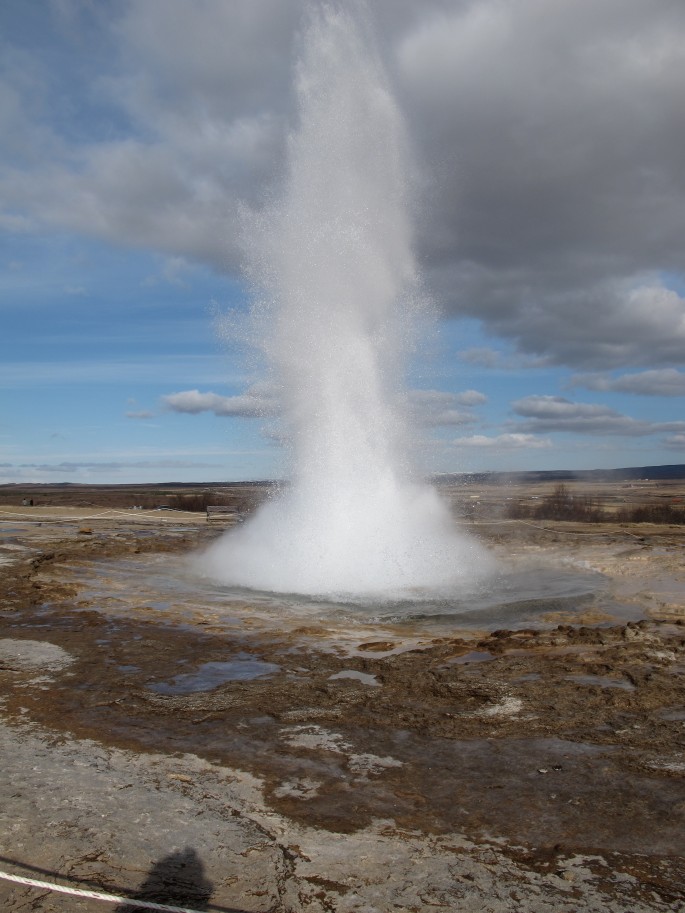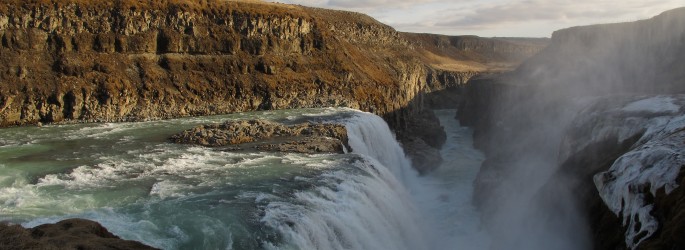5 More Things You Should Know About Iceland
Written by Jaillan Yehia
I recently wrote a post sharing some of my favourite things about Iceland and called, rather unsurprisingly, 5 things you should know about Iceland.
But of course in compiling this list I ended up thinking of way more than just 5 things that I really believe all travellers, including you should know about Iceland.
So, I decided to share 5 more aspects of Iceland that make the country a unique, amazing and magical destination, whether you have just a weekend to visit, or the luxury of weeks on end to really explore…
What Does This Post Cover?
1. It’s the Land of The Midnight Sun

This picture of Thingvellir was taken at around 9pm
Only a handful of countries in the far Northern hemisphere can offer Midnight Sun and white nights and Iceland is one of those rare destinations (along with the Scandinavian countries and Estonia).
Reykjavik is one of the most accessible and also charming cities in which to experience what’s also termed Midnight Twilight – if you can’t decide what to do in Reykjavik try cosying up for dinner and drinks while the sunlight keeps shining, it’s a totally unique feeling.
Meanwhile just outside the city activities like cycling, horse-riding, hiking and fishing become possible all day long and well into the evening.
During these precious weeks at the height of summer the sun either never sets at all, or dips its toe into the waters of the horizon before simply deciding to come right back up again – so full daylight merely fades to a faint, glowing and eerie dusk that never delivers the closure of sunset. It’s magical.
2. May – June is the perfect time to visit Iceland

Iceland is photogenic at any time of year but May-June is my pick for photographers
Combine the magic of the midnight sun with the period with the least precipitation and May – June is the ideal time to visit Iceland.
I visited around the summer solstice (the longest day in the Northern hemisphere, typically on 21st June) and experienced endless hours of that special light that the far North has to offer and not a hint of rain.
As well as the light being perfect and perpetual, offering a unique quality to artists and photographers, and even bloggers, the low chance of rain makes it a great time for those who want to capture images of Iceland without the challenges of working in wet conditions.
3. Iceland Is highly seasonal

Puffin watching in Iceland is highly seasonal
Iceland. The name alone conjures up images of long, bitter and inhospitable winters, and there’s no doubt that during half the year sightseeing can be difficult at best, impossible at worst and the tourist infrastructure closes or operates on a heavily restricted basis for much of the year.
This may sound like a down side, but the upside to visiting anywhere seasonal in season is that those destinations literally spring to life when the darkness and ice recede with a buzz of energy, an atmosphere, and an open-armed welcome to tourists that’s hard to find in places besieged by visitors all year round.
The natural phenomenon that brings visitors to Iceland also dictates the seasonal nature of what’s on offer – if you want to see puffins in Iceland for example the season is relatively short (May-September) and if you were to visit during the winter months you would miss out completely.
4. The Blue Lagoon is Man Made

The Blue Lagoon
The unique and little-known fact about the most famous of Icelandic waters, synonymous with their naturally stark and stunning setting, is that unlike almost everything else you’ll discover in Iceland The Blue Lagoon isn’t a natural phenomenon at all – in fact it wasn’t until a pool of waste water formed at the Svartsengi geothermal power plant and local people began to discover the benefits of bathing in it in the early 1980’s that this site became a mecca for those in search of healing waters.
This inauspicious start belied a glowing future – today it’s easy enough to while away hours on end here – the pools are renewed with fresh water every two days and kept around a soothing 100 °F and the white silica mud is ready for you to grab in handfuls, smother it all over your skin – and then just sit back and wait for the famous results.
5. Iceland is home to the original Geyser

Geysir is the first recorded geyser in Western history, but this isn’t it
Rightly one of the most popular tourist attractions in Iceland’s famous Golden Circle, the original geyser from which we derive the word itself means ‘to spout’ in Icelandic.
There’s nothing like the jolt of excitement you get from seeing something epic up close for the first time with your own eyes and Geysir lives up to this sense of awe – though what you really need to know is that the while Geysir may have been erupting for 10,000 years, another geyser 50 metres away called Strokkur erupts so frequently, every few minutes in fact, that you can almost set your watch by it, making it the one most tourists flock around and photograph, then pass off as the real Geysir.
Tags: Iceland
Trackback from your site.





